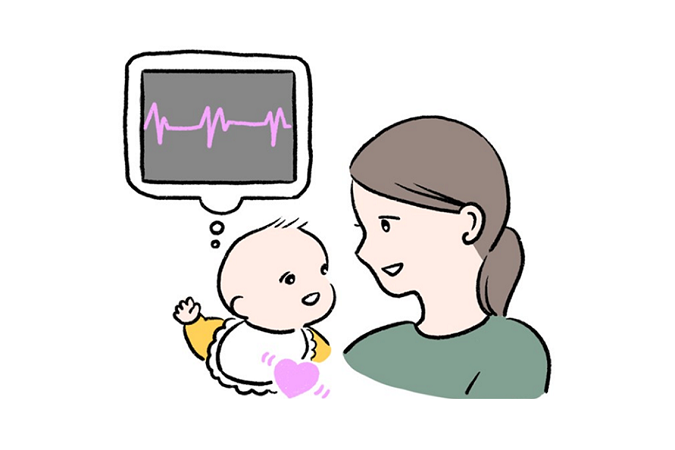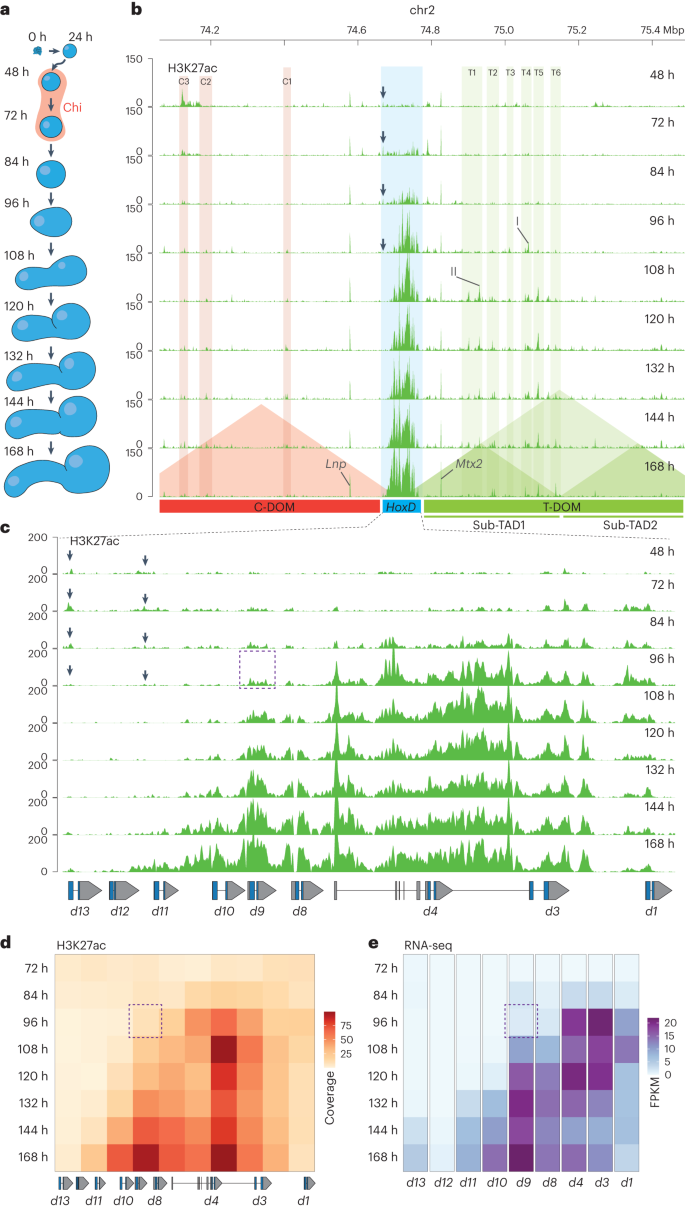2023-06-20 テキサス A&M大学
◆この研究では、チップを使用してPhytophthora infestansを検出しました。この病原体は、ジャガイモやトマトの作物に特に脅威となる世界的に壊滅的な晩疫病を引き起こします。研究チームは、今後もより高感度な検出を実現するために取り組んでいく予定です。また、病原体の種や株の検出と識別の課題を克服し、人工知能とCRISPR遺伝子編集技術を統合することで、植物、動物、人間の健康のポイントオブケア応用に広く採用される製品を実現することを目指しています。
<関連情報>
- https://agrilifetoday.tamu.edu/2023/06/20/new-sensor-chip-advances-rapid-cost-effective-disease-diagnostics/
- https://pubs.acs.org/doi/10.1021/acssensors.3c00227
ループ媒介等温増幅の産物を超高感度ラベルフリーで検出する統合型センシングチップを開発 Integrated Sensing Chip for Ultrasensitive Label-Free Detection of the Products of Loop-Mediated Isothermal Amplification
Subin Mao, Jinping Zhao, Xiaoke Ding, Van Anh Vuong, Junqi Song, and Long Que
ASC Sensors Published:June 5, 2023
DOI:https://doi.org/10.1021/acssensors.3c00227

Abstract
Loop-mediated isothermal amplification (LAMP) is a nucleic acid amplification technique that has been widely used for the detection of pathogens in many organisms. Current LAMP-based sensors usually require the LAMP products to be labeled in order for them to be detected. Here, we present a novel label-free LAMP chip, which consists of a nanopore thin-film sensor embedded inside a LAMP reaction chamber. A fraction of LAMP primers is immobilized on the sensor surface, allowing the LAMP products to be synthesized and bound to the sensor surface via immobilized primers. After the LAMP reaction components are removed from the reaction chamber, the amplified LAMP products bound to the sensor surface give rise to significantly increased transducing signals, which can be measured by a portable optical spectrometer through an optical fiber probe. As a demonstration, we used the LAMP chip to detect the causal agent of late blight, Phytophthora infestans, which is one of the most devastating plant pathogens and poses a major threat to sustainable crop production worldwide. We show that this chip can detect as low as 1 fg/μL of P. infestans DNA in 30 min, which corresponds to an attomolar level of 1.6 × 10–6 attomole/μL and is at least 10 times more sensitive than the currently available methods. This label-free sensing technology holds great promise to open up a new avenue for ultrasensitive, highly specific, rapid, and cost-effective point-of-care diagnostics of plant, animal, human, and foodborne pathogens.


